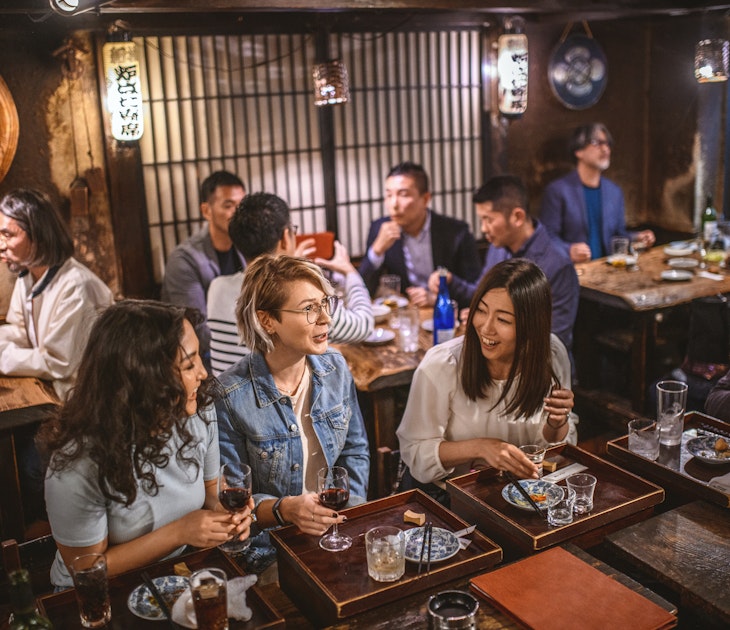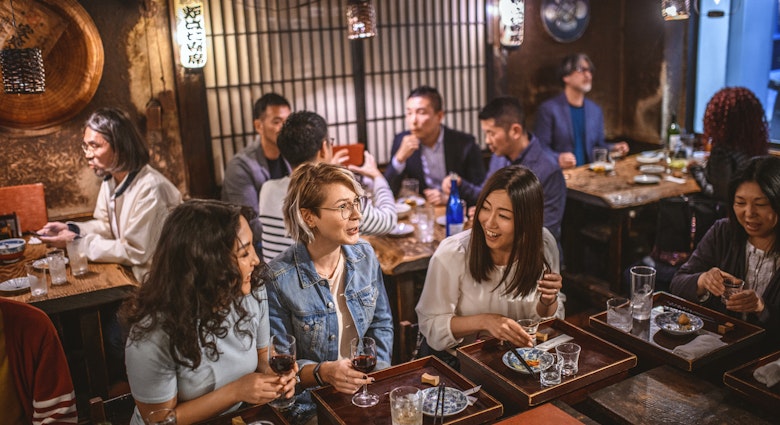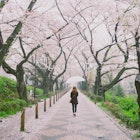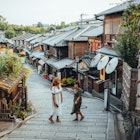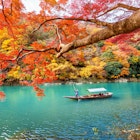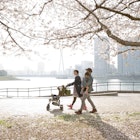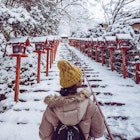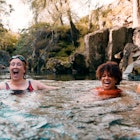Ise-Shima is famous as the home of Ise-jingū, one of Japan's most revered Shintō shrines, and for many travellers the shrine might be all they see of the area. With its ama diving culture, island life, museums and bucketloads of fresh seafood, there's plenty more to discover in this off-the-beaten-track corner of Kansai.
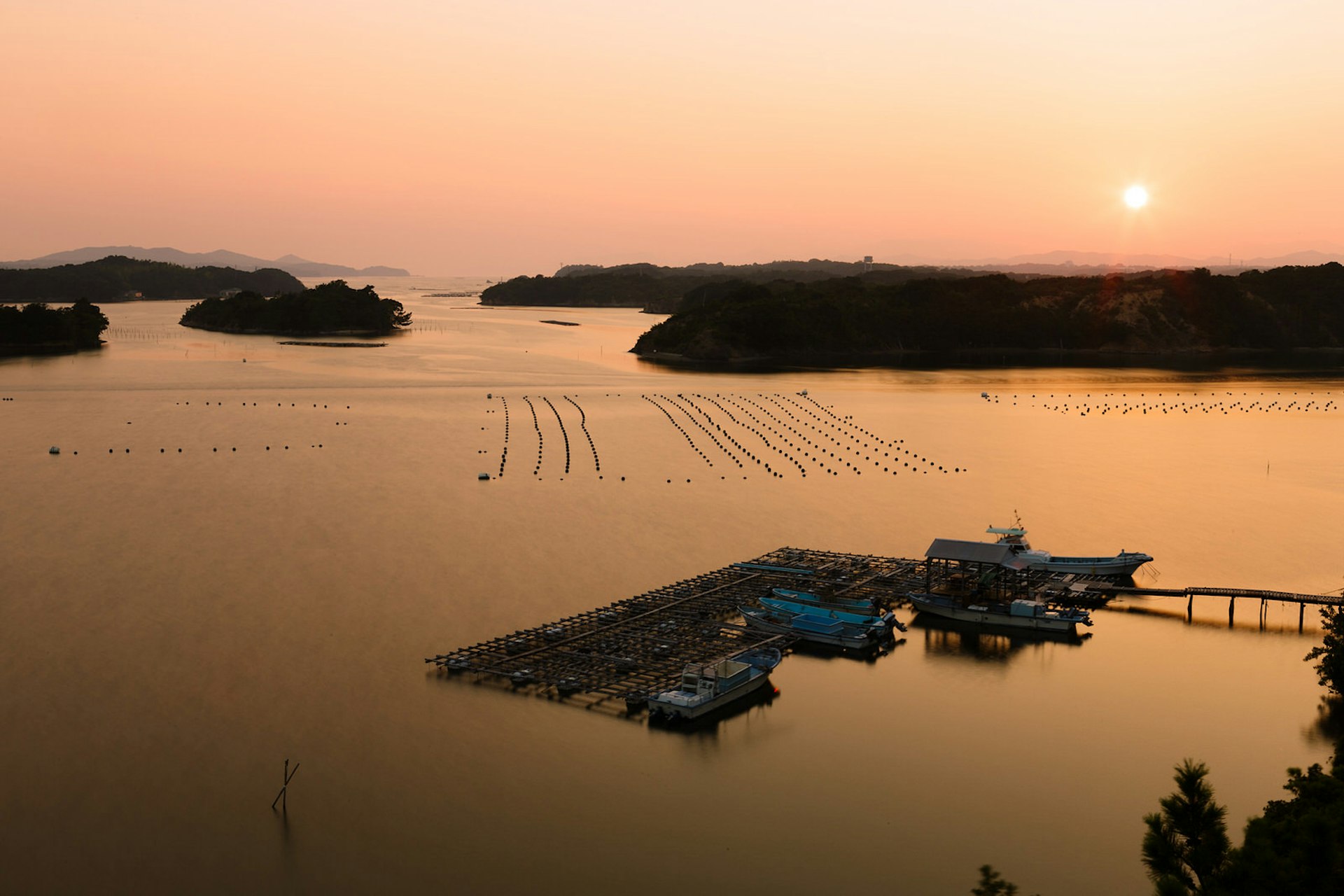
Meet the ama, Japan’s women of the sea
Across Japan there are around 2000 women who still continue the centuries-old practice of free-diving in the ocean to gather shellfish and seaweed. They are known as ama (海女), and some 800 live and work in the Ise-Shima area. Numbers of ama have dwindled as the population ages (most ama are in their 50s and 60s or older) and younger women choose not to follow their forebears into the sea, but you can still see evidence of a continuing ama culture in the small fishing village of Ōsatsu.

The waterfront area in Ōsatsu is dotted with ama-goya, rustic huts where the divers relax, eat and socialise. In the centre of the village is pretty Shinmei-jinja, a shrine famous for giving strength and good luck to women who pay their respects to deity Ishigami-san (though only one wish per woman is granted, so choose wisely, ladies). And best of all is the chance to eat a freshly grilled seafood lunch prepared by one of the local divers. There are two main ama-goya set up to receive visitors for lunch: one near the port and the other perched cliffside with views across the bay. Menus vary depending on the season, but may include clams, sazae (turban shell), dried fish, oysters and sides of soup and rice (see osatsu.org for reservations).
When walking around the village, keep an eye out for the rune-like dōman seiman symbols – a five-point star representing a safe return, and a cross-hatch meant to guard against evil. Ama traditionally wear the talismans on their headscarves, they’re on charms sold at the shrine, and you might also spot the symbols carved on stones outside the homes of some of the divers.

Take an island tour
A 30-minute ferry ride from the region’s main city of Toba is the island Tōshi-jima, where life moves to the slow rhythm of the sea and visitors can get a sense of a Japan a world away from Tokyo. On a stroll around the small island you might see wakame (seaweed) being processed on the waterfront, sweet potatoes drying on racks in the sunshine, Mitarashi shrine and its dragon-shaped tree, and wooden homes lining the narrow pathways of the sleepy town.

It’s possible to visit Tōshi-jima independently, but a good way to get a deeper insight into island life is on an ecotour with an English-speaking guide from Kaito Yumin Club (oz-group.jp) – well worth it for the opportunity to interact with locals and have a hearty meal at an ama-run cafe.
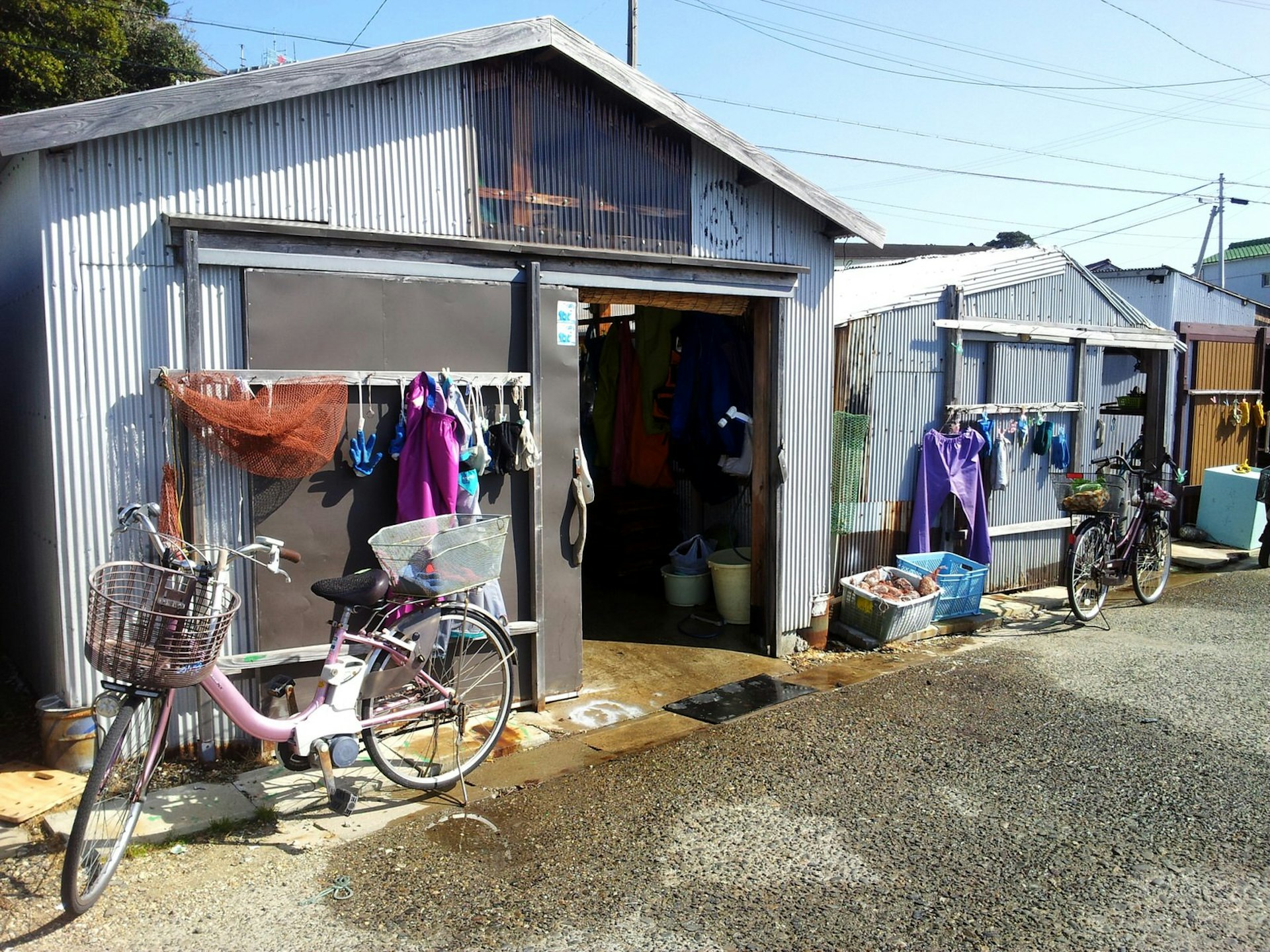
Learn about life by the sea
The award-winning timber structures of the Toba Sea-Folk Museum (umihaku.com) brim with artefacts, tools, documents, clothing and photographs that tell the story of the people of the region and their relationship with the ocean. There’s everything here from fishing hooks to a submarine, plus a replica Edo-era bonito-fishing boat suspended from the roof, complete with life-size models of fishermen straining to land their catch. The museum also screens an informative short film (in English) that introduces the culture and history of ama diving.

Particularly impressive is the warehouse of around 100 wooden boats from around the country and Asia: simple dugout canoes and brightly painted fishing vessels are crammed side by side here in dry retirement. The museum is on the coast about 10km south of Toba city centre. Buses go from Toba station.

Get the lowdown on pearls
If you ever wondered how pearls are made, farmed, processed and valued, you can find the answer explained in great detail at the Mikimoto Pearl Museum (mikimoto-pearl-museum.co.jp) in Toba city. For the uninitiated: Mikimoto is one of the most famous names in pearl products, with a story that began in the 1890s when a determined son of a noodle-shop owner discovered the art of creating cultured pearls. After overcoming a number of failed experiments and oyster-contaminating algal blooms, Mikimoto rose to become a celebrated entrepreneur who met with two Japanese emperors. Aside from the scientific displays, the museum has jewellery exhibits, and the small adjoining Kokichi Mikimoto Memorial Hall telling the story of Mikimoto’s life is worth a browse.

Visit a traditional katsuobushi smoking hut
Katsuobushi (a form of dried bonito) is an essential component of Japanese cooking, forming the base of the ubiquitous dashi broth used in such staples as miso soup. Ise-Shima has a long history of producing some of Japan’s best katsuobushi, with big-city chefs in the know sourcing the ingredient from the area. Traditional methods of drying, smoking and fermentation are still employed in making this ultimate slow food, resulting in hard-as-wood fillets that are then shaved into flakes. Tenpaku, about 30km south of Toba city, is one such producer, with a smoking hut by the water. To see and sample Tenpaku katsuobushi and learn about the making process from the gregarious owner, make a reservation (katuobushi.com) – you’ll need to speak Japanese or have a Japanese speaker with you to help. Or visit on a tour with Kaito Yumin Club.

Go oyster-hut hopping
Seafood is bountiful in Ise-Shima, and oysters are one of the top local specialities. Dotted along the roads in Uramura, about 10km south of Toba city, are some 30 kaki-goya (oyster ‘huts’ or ‘shacks’), casual open-air spots where diners sit at communal tables and oysters are grilled over charcoal. The fare is fresh, tasty and excellent value. At Uramura Oyster Kakitarou (kakitarou.net), oysters start from just ¥120 (US$1.10) a piece. Some kaki-goya allow guests to bring their own drinks and have all-you-can-eat menus. You can pick up a map of all the oyster huts from the Toba City Tourism Information Center (tobakanko.jp).

Make it happen
The main regional hubs of Ise (for shrine Ise-jingū) and Toba can be reached by express train in around two hours from Kyoto, Osaka (both served by Kansai International Airport) or Nagoya (served by Chubu Airport). There are public transport options for some of the sights outside the main centres in Ise-Shima, though the best way to explore the area and enjoy the coastal scenery is with your own wheels. Nippon Rent a Car (nipponrentacar.co.jp) and Toyota Rent a Car (rent.toyota.co.jp) have offices in Toba and other major centres. If you’re travelling around the Kansai area by train for a few days and don’t already have a JR pass, consider picking up a Kintetsu rail pass (kintetsu.co.jp) – this covers all of Kansai and the journey from Kansai airport.

Where to stay
In central Toba is the large Todaya hotel-ryokan, appealing for its range of themed onsen baths. For a more old-style ryokan experience, Denyou ryokan (denyou.gr.jp) in Ōsatsu is known for its excellent-value seafood dinners. Further afield, modern resort Kintetsu Aqua Villa ise-Shima looks over Ago Bay. Among the best budget stays is Ise Guest House Kazami (ise-guesthouse.com), close to JR Ise-shi Station.
Laura Crawford travelled to Ise-Shima with support from the Ise Toba Shima Inbound Association and the Mie Prefecture Tourism Bureau. Lonely Planet contributors do not accept freebies in exchange for positive coverage.

